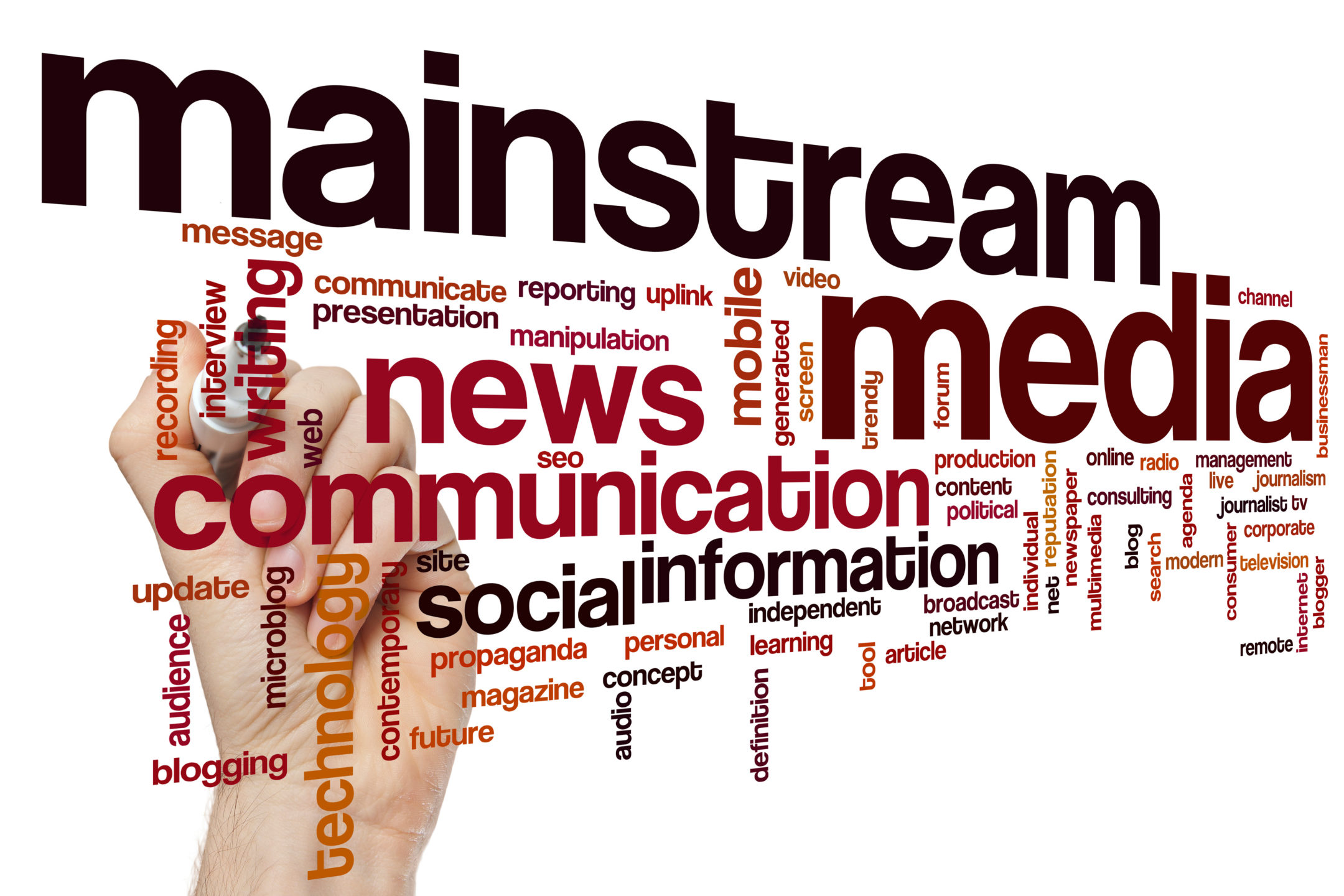
Over the Easter holiday weekend, I enjoyed a pleasant Twitter exchange with Douglas Watts, strategic communications consultant and president of Urban Media Group. As you will see in the tweets below, I thanked him for his role in helping to make OOH the mainstream medium it is today.
Thank you @wattscentral – you made a tremendous difference in the transformation of #OOH to the powerful & valuable medium it is today. https://t.co/u7CY9YClON
— Nancy Fletcher (@nancyjfletcher) April 15, 2017
Congratulations to @nfletcherOAAA for 25 years (yikes!) of tremendous leadership and success. #OOH is MSM! Celebrate. https://t.co/5RB8Me4DD7
— Doug Watts (@wattscentral) April 15, 2017
OAAA worked with Doug when he was a partner with Russo, Watts, & Rollins in the late 80s and early 90s. (Doug came to Washington, DC, from California at the same time as President Reagan; he had been the advertising director for Reagan-Bush ’84.) He was the “brand” officer who helped OAAA with nationwide focus groups, quantitative research, and strategic advice – at a time when the industry was not viewed as positively as we would have liked.
Following our “chat,” he sent me an email (copy below), which perfectly summarizes how far we have come in the last 25 years.
“Nancy,
It occurred to me after our Twitter exchange the rather remarkable transformation in the media marketplace that has taken place in the past 25 years:
- OOH was considered old fashioned, one-dimensional, hard to measure, hard to buy, and hard to schedule. Frequently, it was added to major campaigns simply to lower the CPM’s. Having lost its largest client, and battling federal, state, and local regulators, many thought outdoor was on its last legs. We were so envious of the core of mainstream media.
Today, the landscape it quite different:
- Newspapers are on their knees because they waited too long to adapt. RIP, but for a few.
- Broadcast TV is being overrun by the Internet, independent studios, and film production companies, and is considered ‘passe” by the coveted 18-34 market. Most think they have less than five years to live in their current format.
- Radio, still on very shaky ground, did adapt rather aggressively, but it is nothing like the premium medium it once was.
- The Internet is the catalyst for much of the change that’s occurred, but rather than hurt, it has served to enhance OOH, operationally, creatively, and commercially.
Today, OOH is truly meeting the expectations of its moniker: diverse, omnipresent, and integral to any effective ad campaign. Bobbing and weaving with the regulatory challenges by turning municipal foes into partners, recreating itself as a digital medium, and setting new creative norms for agencies to master and audiences who demand succinct messaging. OOH has undoubtedly reached the beginning of a new golden age.
While those other media are crippled and fading, OOH has survived, adapted, and succeeded. OOH is not only still standing, it is standing tall. Your members and the industry as a whole have much to be proud of.
Congratulations to you and the good people at OAAA.
You and the industry have done an exceptional job.
Best,
Doug”
Download the PDF
Published: April 20, 2017